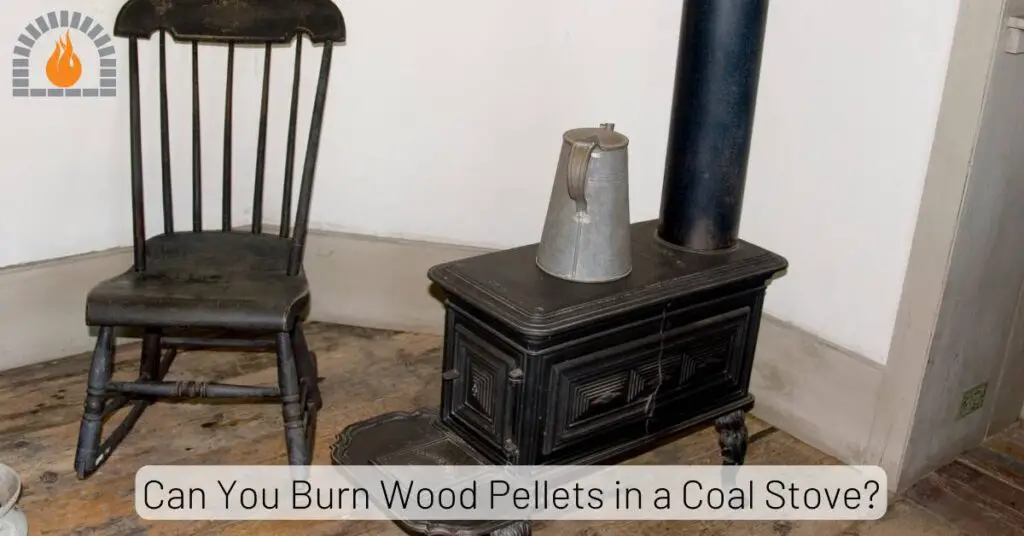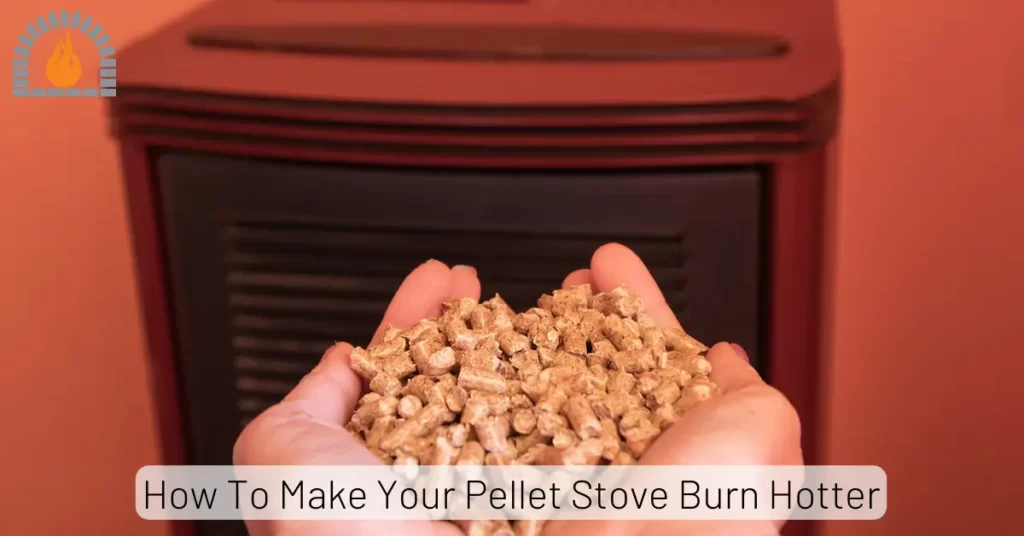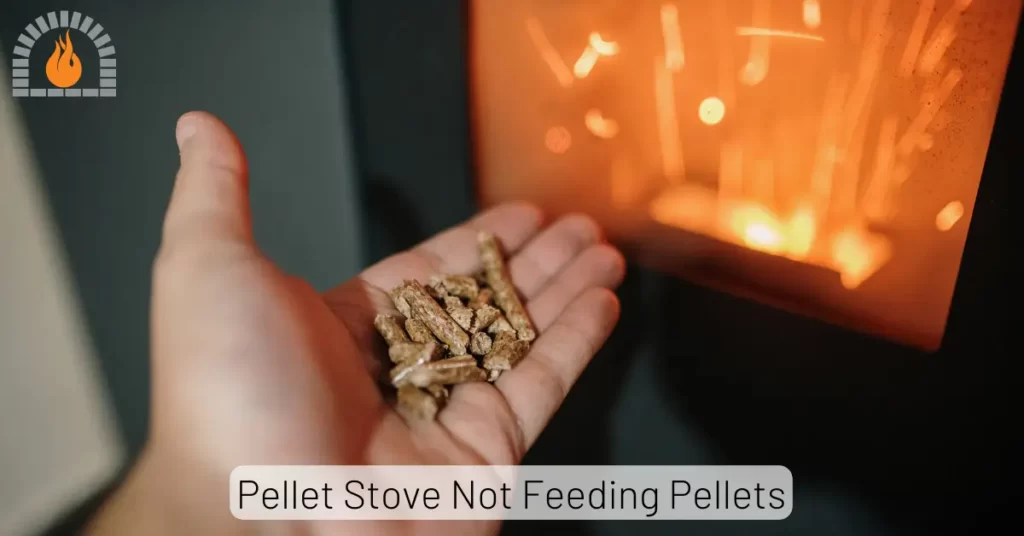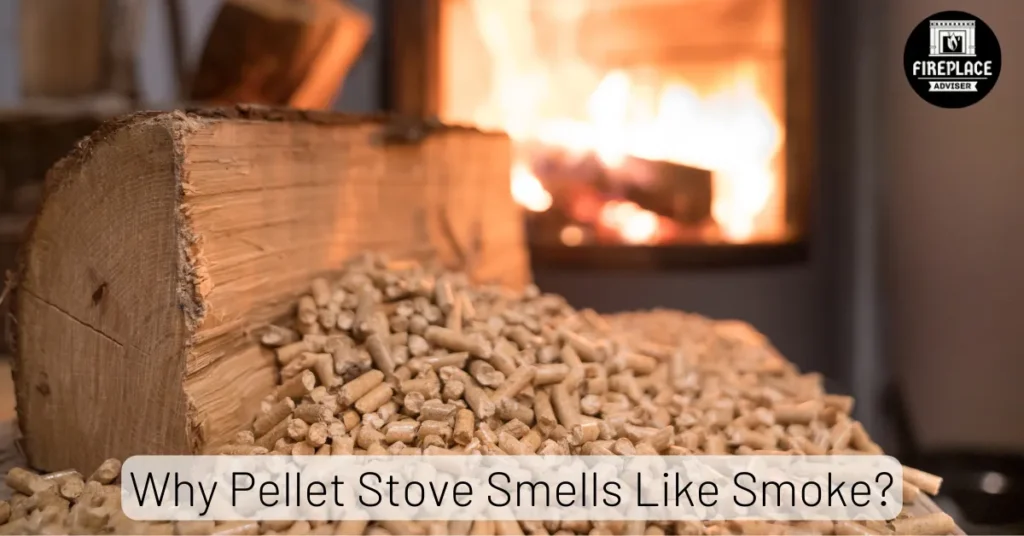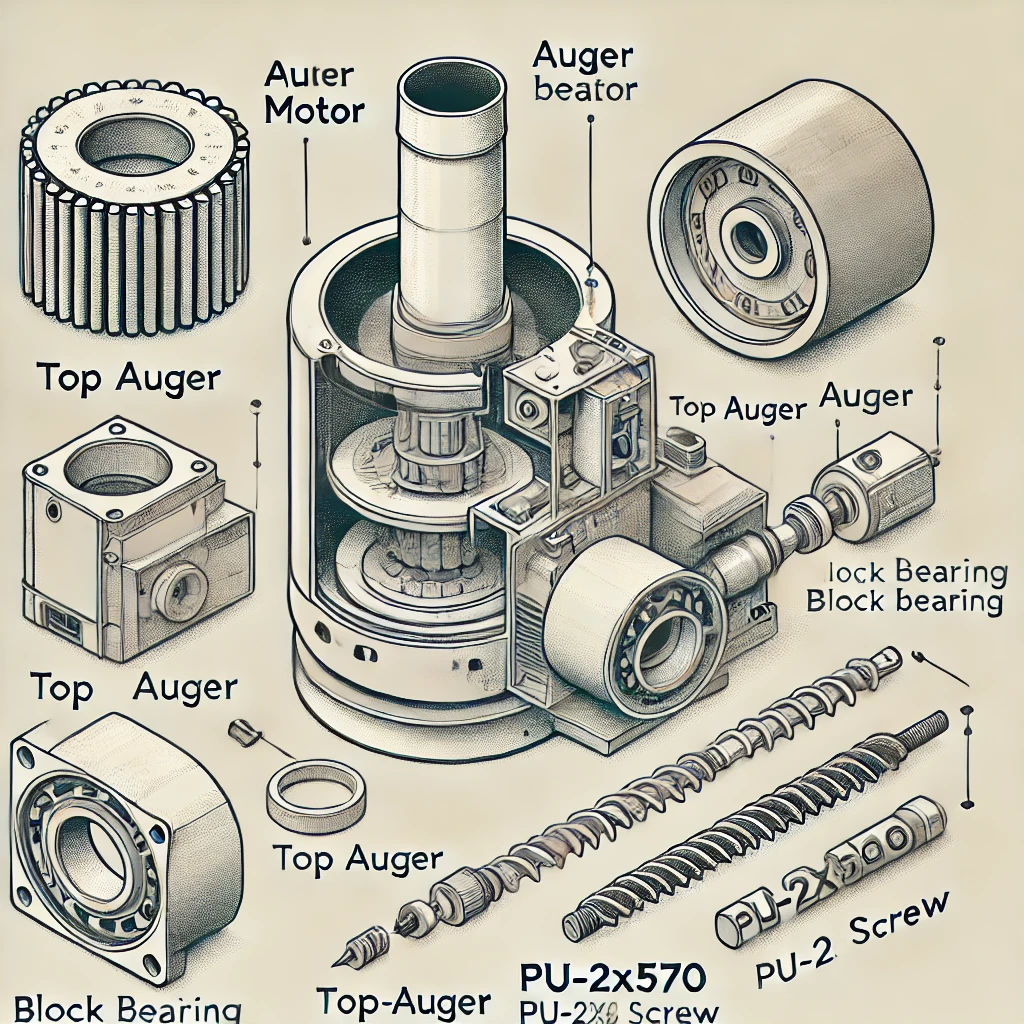As a pellet stove owner, you know how rewarding it is to have an efficient, eco-friendly heating option. But let’s be real—pellets aren’t cheap, and the last thing you want is to burn through them faster than necessary.
If you want to make your pellet stove as cost-effective as possible, you’re in the right place.
In this post, I’ll share seven practical tips that will help you reduce pellet consumption without sacrificing warmth. These strategies are easy to implement, and trust me, they make a noticeable difference!
Why Is My Pellet Stove Using So Many Pellets?
If you’ve noticed that your pellet stove is burning through pellets faster than usual, there could be several reasons behind this. Identifying and addressing these issues can help you get your stove running more efficiently.
Common Causes of High Pellet Consumption
-
Dirty Stove or Exhaust: A buildup of ash and debris can impede airflow, leading to inefficient burning.
-
Pellet Quality: The type of pellets you use makes a big difference. Low-quality pellets with high moisture content burn poorly and require more fuel to produce the same amount of heat.
-
Auger Motor Issues: The auger’s job is to feed pellets into the burn pot. If it’s malfunctioning or improperly calibrated, it might be dispensing too many pellets.
-
Incorrect Feed Rate Settings: Setting the feed rate too high can lead to excessive pellet use.
-
Room Size and Temperature: The size of the room and the temperature you set on the stove affect pellet usage. Larger spaces or extremely cold temperatures may require more pellets to keep the area comfortable.
-
Stove Age: Over time, older pellet stoves may become less efficient due to wear and tear.
-
Blocked Airflow: Poor combustion caused by blocked air intake or exhaust can lead to higher pellet usage.
Tips to Make Your Pellet Stove Consume Fewer Pellets
-
Make it a habit to clean the combustion chamber, burn pot, air inlet, and exhaust regularly to keep your stove operating at its best.
-
Opt for high-quality, low-moisture pellets to get the most out of your stove.
-
Regularly maintain and lubricate your pellet stove’s auger motor to keep it in good working condition.
-
Adjust the feed rate setting to a moderate level, typically between 3 and 4, to help control consumption and maintain efficiency.
-
Choose a suitable pellet stove based on your space. Larger areas or extremely cold temperatures may require more pellets to keep the area comfortable. If your stove isn’t powerful enough for the space, it will work harder and consume more pellets.
-
Replace your stove if you notice significant wear and tear. Investing in a modern pellet stove can improve its efficiency and reduce pellet consumption.
-
Ensure that all airflow pathways are clear to maintain efficient pellet burning.
How Much Pellets Does a Pellet Stove Use in 24 hours?
On average, a pellet stove might consume between 40 to 60 pounds of pellets in a day if it’s running continuously.
However, if you’re only using the stove intermittently or at a lower setting, you might use fewer pellets. It’s always a good idea to check the stove’s manual or consult with the manufacturer for more specific information tailored to your model.
FAQs
How often should I clean my pellet stove?
Regular cleaning is essential. Ideally, you should clean your pellet stove at least once a week during heavy use seasons and perform a more thorough cleaning at least once a month.
Can I use any type of pellets in my stove?
No, it’s best to use high-quality pellets that meet the manufacturer’s specifications for your stove. Using the wrong type of pellets can affect performance and efficiency.
How can I tell if my stove’s air-to-fuel ratio is correct?
Check your stove’s manual for recommended settings and observe the flame. A steady, blue flame typically indicates a proper air-to-fuel ratio.
What should I do if my stove’s fan stops working?
If the fan stops working, first check for any obstructions or debris. If the problem persists, consult a professional for repairs or replacement.
How can I improve insulation in an older home?
Consider adding insulation to walls, attics, and floors. Seal gaps around windows and doors and use thermal curtains to enhance insulation.
Affiliate Disclosure: Fireplaceadviser.com is a participant in the Amazon Services LLC Associates Program. We may earn a commission when you click on certain links on this site and purchase.

Hello!! I am Jamal Khan. I often fix my home electric heaters and gas stove problems and research the common issues in the heating units to improve my knowledge and expertise. The aim of establishing fireplaceadviser.com is to share my expertise and knowledge with my audience.













